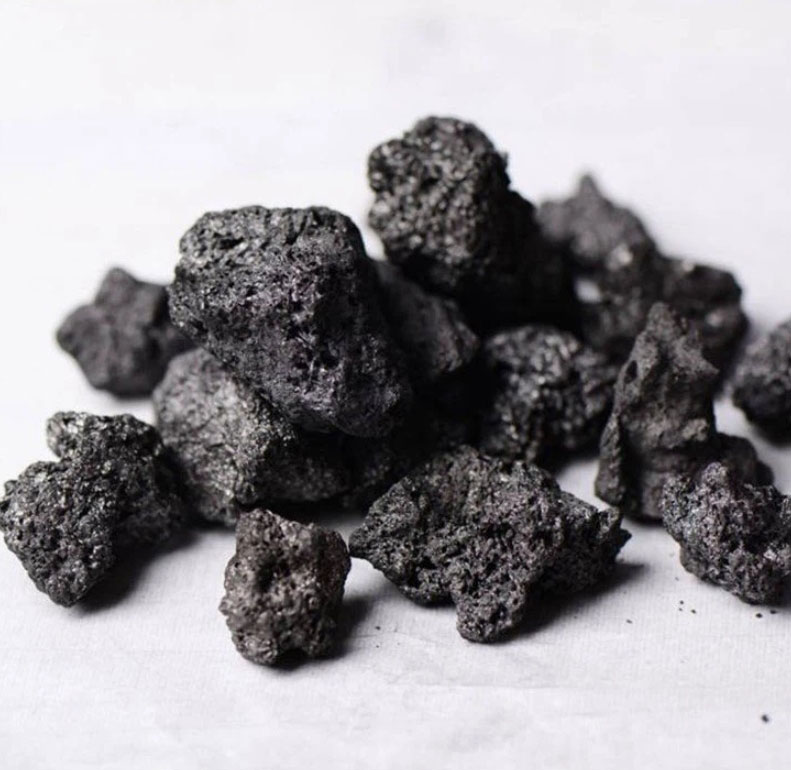
Graphite Petroleum Coke (GPC) is a vital raw material that is used in casting and steelmaking processes to enhance carbon content, improve steel quality, and reduce energy consumption. GPC also has other properties, such as an extremely high thermal conductivity, or low impurity level. These properties improve the performance of carbon products that contain it.
There are many kinds of petroleum coke, with different properties and applications, dependent on the particular production process and the feedstock type. Chemical analysis is the key in determining the type of pet coke: high carbon, low sulfur and nitrogen, with fewer impurities, suggests excellent quality graphite or fossil oil coke. Lower carbon, higher sulfur and more impurities, indicate ordinary delayed coke and fuel oil coke.
The most useful kind of coke is calcined coke. It is also called "graphitized coke" (GPC). This is a type of petroleum coke that has been subjected to a recarburization process to transform the carbon structure that is amorphous into more crystalline and ordered graphite structure that significantly increases its electrical conductivity and thermal properties. It is vital for making anodes for aluminum melting and numerous other applications.

Calcined petroleum is employed as a raw material for graphite electrodes, refining of aluminum and non-ferrous metals. It is also employed in steelmaking and the production of non-ferrous metals. It is a great alternative to coal for fuel and is used in both electric arcs and blast furnaces. It can be ground into a fine powder, which can be used in carbon-based products. It can also be made into fuel by using coal tar pitch and a high-pressure rotary kiln.
As an additive, calcined petroleum is also utilized to increase the carbon content in steel and cast iron. This reduces the number of alloying elements needed to achieve the desired properties of the final product, resulting in significant cost savings. It is also employed in the manufacturing of direct reduced iron, a revolutionary technology that is able to replace traditional blast furnaces with smaller and more efficient furnaces that use less natural gas.
GPC of high quality is also used as a refractory in manufacturing kilns and crucibles. The unique graphite crystal structure of GPC is highly resistant to heat, and is also able to withstand extreme temperatures without degrading. Its excellent thermal conductivity makes it an ideal Refractory material, which can reduce the energy used by furnaces that are used to make steel by allowing more heat to be transferred.

Write a Message